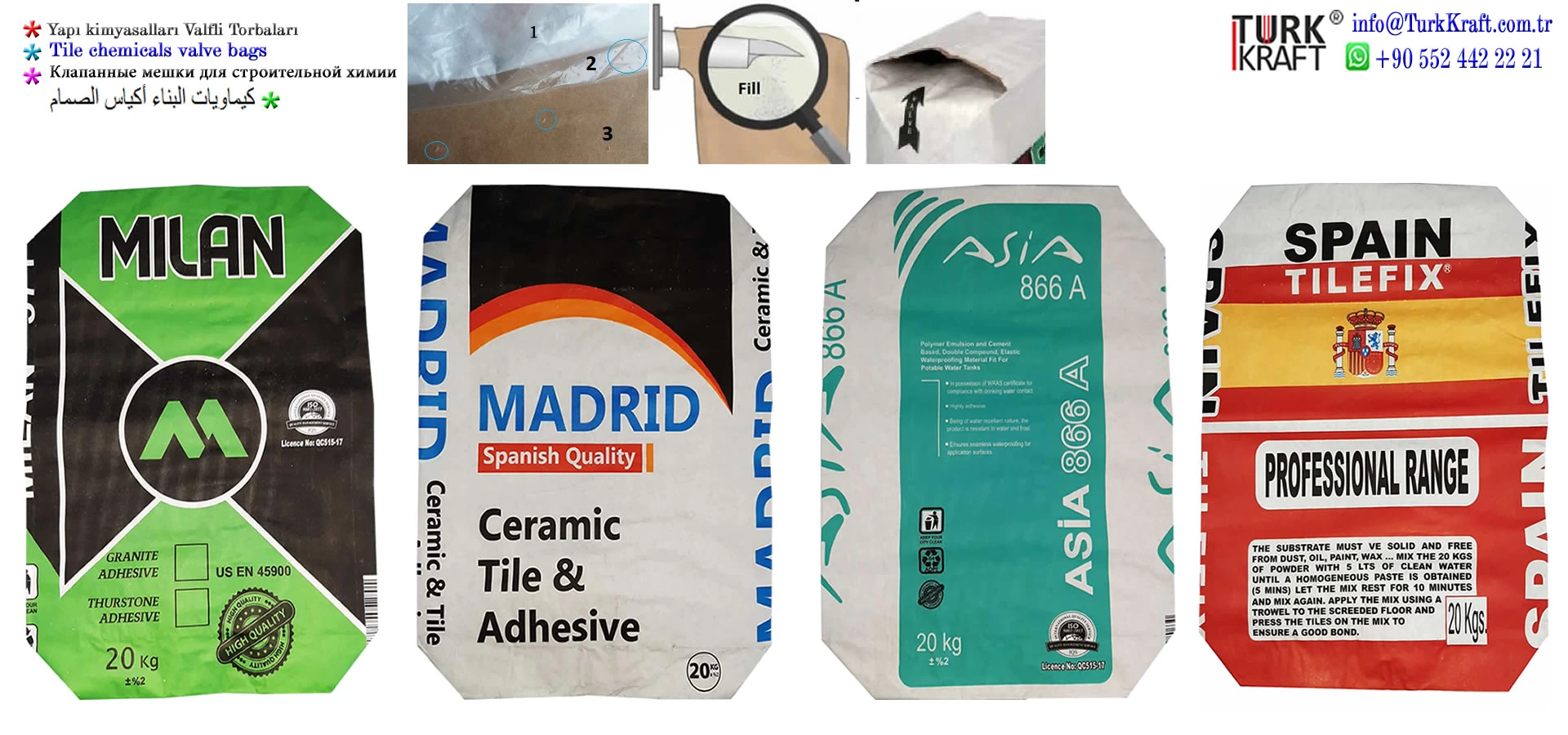High quality industrial paper sack production
High quality industrial paper sack production

```html
In an era where environmental concerns are paramount, the construction industry is undergoing a radical transformation. Green construction is at the forefront of this revolution, aiming to reduce the carbon footprint of new buildings and infrastructures. This sustainable approach not only benefits our planet but also offers economic advantages by trading up traditional methods for more resource-efficient practices.
Green construction focuses on increasing the efficiency of resource use — such as energy, water, and materials — while reducing building impacts on human health and the environment during the building's lifecycle, through better siting, design, construction, operation, maintenance, and removal. But what does that mean in practical terms? It involves everything from choosing sustainable building materials to implementing energy-efficient systems and even landscaping with native flora.
One of the key aspects of green construction is the use of materials that are sustainably sourced, recycled, or have low environmental impact. This can include reclaimed wood, recycled steel, or low-VOC (volatile organic compounds) paints. By opting for these materials, construction projects can significantly reduce their ecological footprint.
Implementing energy-efficient solutions like LED lighting, high-efficiency HVAC systems, and smart thermostats is another cornerstone of green construction. Moreover, integrating renewable energy sources such as solar panels or wind turbines can further decrease a building's reliance on non-renewable energy and its overall carbon emissions.
While some may assume that green construction methods are costly, the reality is that they can lead to substantial long-term savings. Energy-efficient buildings can significantly reduce utility bills, and the use of durable, low-maintenance materials can decrease ongoing maintenance costs. Furthermore, there is a growing market demand for sustainable buildings, which can increase property values and attract environmentally-conscious tenants or buyers.
Another economic incentive for adopting green construction practices comes in the form of government rebates and tax incentives. Many countries offer financial benefits to encourage sustainable building. Additionally, obtaining green certifications such as LEED (Leadership in Energy and Environmental Design) can not only increase a building’s marketability but also provide additional financial advantages.
One question that often arises when discussing green construction is:
What is the most challenging aspect of green construction?
The most challenging aspect of green construction often lies in the initial planning and design phase. It requires thorough research and a multi-disciplinary approach to integrate sustainable practices into the building design effectively. Additionally, sourcing some green materials and technologies may be more difficult depending on regional availability.
The future of green construction is bright, with technological advancements and increased environmental awareness driving the industry forward. As we continue to understand the impact of the built environment on the natural world, green construction stands as a beacon for sustainable development. With every building that rises with these principles in mind, we step closer to a more sustainable and resilient future.
```